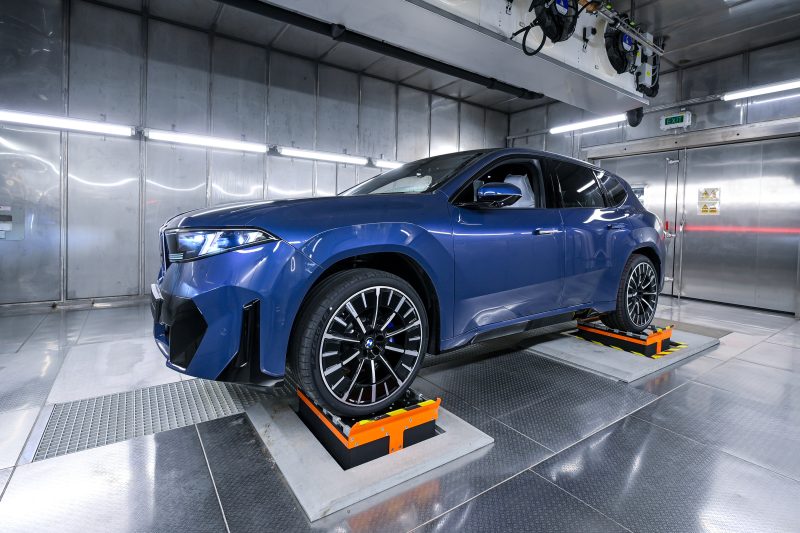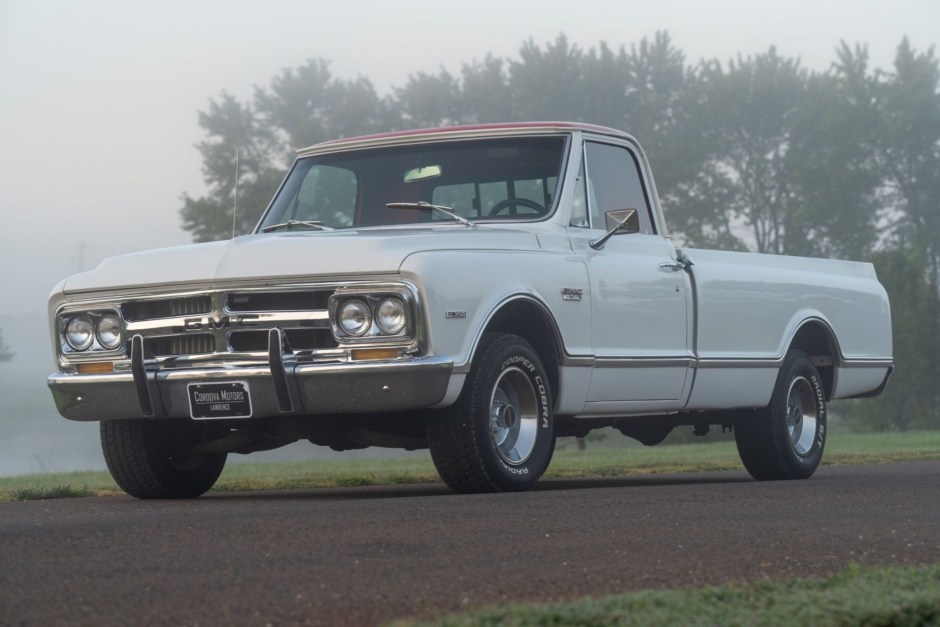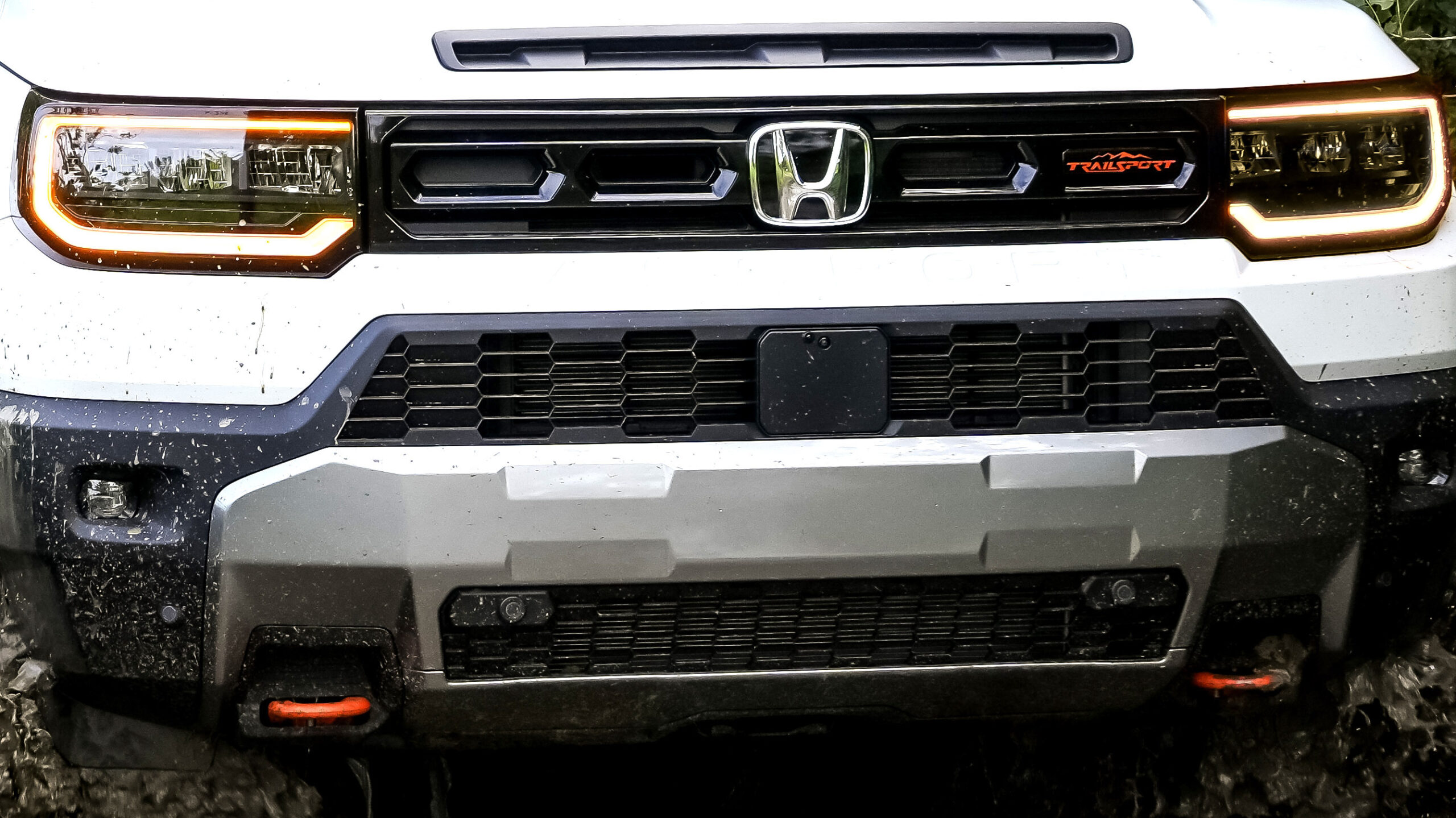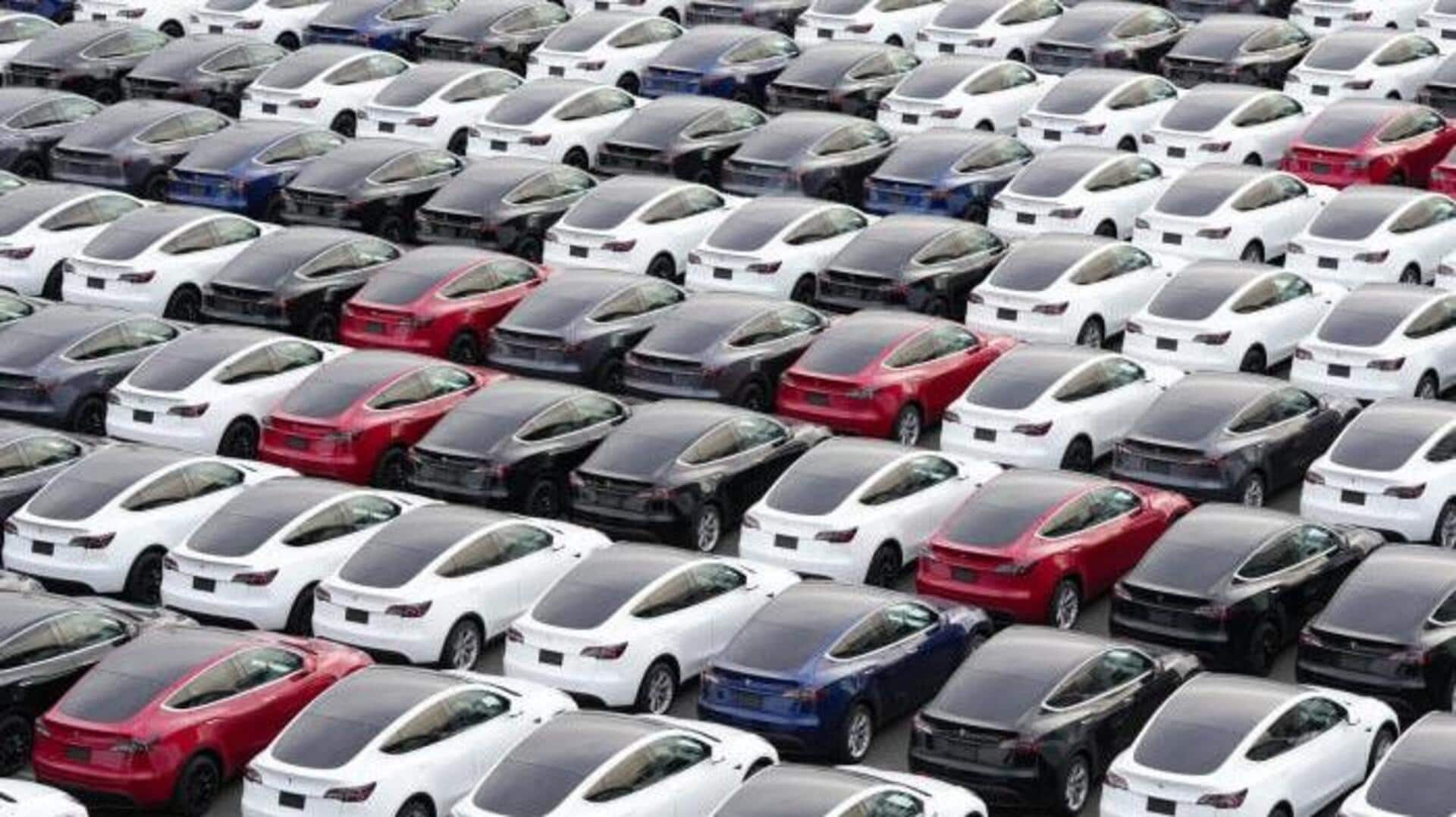**BMW’s Circular Economy Strategy: Driving Sustainability and Innovation in the Automotive Industry**
BMW is pushing the boundaries of sustainability with its ambitious circular economy strategy, focusing on recycled materials, battery recycling, and sustainable design to drastically reduce CO2 emissions and secure resources for the future. But why does this matter right now?
The automotive industry finds itself at the intersection of climate goals, resource scarcity, and complex geopolitical supply chains. BMW executives are clear: the traditional “extract, use, discard” model is over. Instead, circularity means extracting less, reusing more, and scaling recycling efforts. This approach is not just about improving public image—it’s about survival.
With Europe enforcing tighter regulations and a ban on combustion engines set for 2035, manufacturers that fail to deliver measurable CO2 reductions face severe consequences including fines, customer backlash, or even irrelevance. BMW has already made significant strides, aiming for a 40-megaton reduction in CO2 emissions by 2030 compared to 2019 levels. This target encompasses both scope 1 and 2 emissions from its own operations, as well as the more challenging scope 3 emissions involving suppliers and product use. Halfway to this goal by 2025, BMW emphasizes that this is a critical business imperative tied to a clear climate deadline.
### How Does BMW Compare to Its Rivals?
Sustainability is a common claim across the automotive sector. Tesla, for example, focuses on vertical integration and direct battery recycling partnerships, while Mercedes-Benz invests heavily in carbon-reduced steel initiatives. BMW takes a distinctive approach with its “Secondary First” mantra. This means prioritizing recycled inputs wherever possible—from aluminum wheels made with 70% secondary material to steel and thermoplastics.
For instance, about one-third of the upcoming BMW iX3 Neue Klasse will consist of recycled content by weight, roughly 700 kilograms per car. BMW also emphasizes designing vehicles for easy dismantling, a step ahead of many competitors who focus mainly on clean energy factories. By designing battery packs and interiors with the end-of-life recyclers in mind, BMW ensures its cars are ready for a sustainable afterlife right from the start.
Unlike many competitors who treat profitability as a future concern in the electric vehicle era, BMW insists its Neue Klasse EVs will be profitable from day one. This may be the most disruptive statement in the industry today.
### Who Is BMW’s Circular Economy Strategy For?
BMW’s sustainability drive is not designed for budget-conscious fleet buyers. Instead, it targets customers who want premium products but expect reduced environmental impact. Circularity promises zero compromises on aesthetics, safety, or driving enjoyment. BMW maintains that the “fun to drive” factor remains non-negotiable.
Early adopters who previously paid a “green premium” for eco-friendly options might soon benefit from cost savings. BMW’s sixth-generation cylindrical batteries offer up to 30% longer range and a 50% lower CO2 footprint, all at 40–50% less cost compared to current cells.
If you are looking for a budget-friendly runabout, many other options exist. But if you want a badge that signals environmental progress without sacrificing luxury, BMW’s circular economy approach presents a compelling value proposition.
Skeptics may worry that recycled plastics in a premium cabin could feel like a compromise. BMW’s response: these materials will look and feel better than virgin ones, driven by continuous innovation and commitment.
### The Long-Term Significance
BMW’s circular economy strategy goes beyond a single model or brand. The company plans to roll out 40 new or updated Neue Klasse models over the next two years, embedding circularity in each vehicle.
With supply chains under pressure and critical battery minerals concentrated in politically unstable regions, closed-loop systems could shield automakers from shortages and price volatility. BMW envisions its cars as “rolling mines,” packed with recoverable resources for decades to come.
Partnerships with Redwood Materials in North America and SKtes in Europe demonstrate BMW’s recognition that it cannot achieve circularity alone. The company also acknowledges ongoing challenges, such as contamination in recycled aluminum, legacy components containing toxic substances, and the labor-intensive process of dismantling old EVs.
If successful, BMW’s approach could enable future vehicles to be built almost entirely from recycled materials, cutting costs, stabilizing supply chains, and drastically reducing CO2 emissions.
### A Cultural Shift in the Automotive Industry
The circular economy demands a fundamental mindset change. Engineers must design vehicles with the end of their lifecycle in mind, considering how cars can be easily taken apart for recycling even before assembly begins.
This shift also pushes suppliers—BMW works with 2,700 first-tier and 65,000 second-tier suppliers—to buy renewable energy and maintain transparency. It calls for regulators to incentivize, rather than penalize, companies leading these innovation efforts.
Done right, circularity could transform a car manufacturer into a permanent steward of materials—a profound transformation far beyond mere branding.
—
BMW’s circular economy strategy is more than a sustainability initiative—it’s a roadmap for a resilient, profitable, and environmentally responsible automotive future. The company is betting that this transformation is not just desirable but essential for long-term success.
https://wgntv.com/automotive/bmw-doubles-down-on-circular-car-manufacturing/




